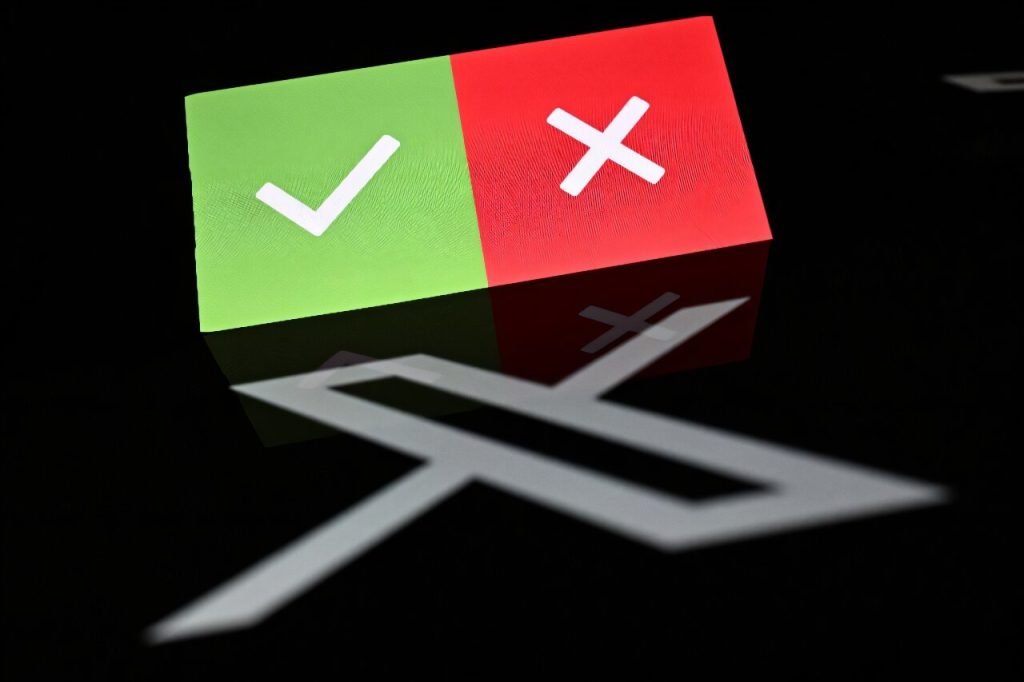Social Media Platforms Fueling Extreme Weather Misinformation, Endangering Lives
A recent report by the Center for Countering Digital Hate (CCDH) reveals a disturbing trend: major social media platforms are not only allowing but also profiting from the spread of misinformation surrounding extreme weather events. This proliferation of false information is not merely an online nuisance; it poses a tangible threat to public safety, hindering emergency response efforts and endangering lives. The report, which analyzed hundreds of viral posts across Facebook, Instagram, X (formerly Twitter), and YouTube during recent natural disasters, including the deadly Texas floods, exposes how these platforms’ algorithms amplify conspiracy theories while simultaneously suppressing vital, life-saving information.
The CCDH’s findings are stark: a vast majority of the analyzed posts on Facebook and Instagram lacked fact-checks or Community Notes, the crowd-sourced verification system increasingly employed as an alternative to professional fact-checkers. Similarly, X displayed a near-total absence of fact-checks or Community Notes on 99% of the posts, while YouTube failed entirely to implement any form of verification. This lack of oversight allows misinformation to flourish, effectively drowning out credible sources attempting to disseminate crucial information during emergencies. The report highlights the alarming reach of prominent conspiracy theorists, whose false narratives often gain more traction than official communications from emergency response agencies and reputable news outlets.
The report underscores the insidious nature of this phenomenon by citing specific examples. During the Los Angeles wildfires, the online reach of conspiracy theorist Alex Jones’s false claims dwarfed the combined reach of major emergency response agencies and news outlets, including the Los Angeles Times. This illustrates how algorithms prioritize sensationalism and engagement over accuracy and public safety, allowing harmful narratives to dominate the online discourse. Furthermore, the report reveals how online scammers exploit disasters by impersonating federal emergency aid agencies through social media advertisements, aiming to steal personal information from vulnerable victims seeking assistance. This highlights another layer of danger, as individuals struggling in the aftermath of disasters are further victimized by online fraud facilitated by these platforms.
The pervasiveness of misinformation following natural disasters is not a novel phenomenon. In the wake of such events, social media often becomes a breeding ground for unsubstantiated claims and conspiracy theories, fueled by accounts across the political spectrum. This trend is exacerbated by platforms scaling back content moderation and reducing reliance on human fact-checkers, often under pressure from accusations of political bias. The report emphasizes the urgent need to address this issue, as the increasing frequency and severity of extreme weather events, driven by climate change, will only amplify the dangers posed by misinformation.
The examples cited in the report illustrate the real-world consequences of this online misinformation. During Hurricane Ian, false claims circulated on social media alleging the storm was engineered by politicians manipulating the weather. Similarly, the LA wildfires were falsely attributed to “government lasers,” a conspiracy theory that proliferated through viral posts. These narratives not only mislead the public but also have tangible consequences for individuals. Augustus Doricko, CEO of a cloud seeding company, received death threats after conspiracy theorists falsely blamed him for the devastating floods in Texas. Such incidents underscore the very real dangers associated with the spread of misinformation.
The CCDH report identifies verified users with large followings as the primary culprits spreading extreme weather misinformation, many of whom are seeking to monetize their posts. This suggests that the platforms’ verification systems, designed to denote credibility, are being exploited to lend legitimacy to false narratives. A significant majority of misleading extreme weather posts on X (88%), YouTube (73%), and Meta platforms (64%) originated from verified accounts. This highlights the urgent need for these platforms to reassess their verification processes and implement stricter measures to prevent the spread of misinformation by verified users. Ultimately, the report serves as a stark warning: as extreme weather events become more frequent and severe, the unchecked spread of misinformation will only intensify, posing an increasingly grave threat to public safety and hindering effective disaster response.


